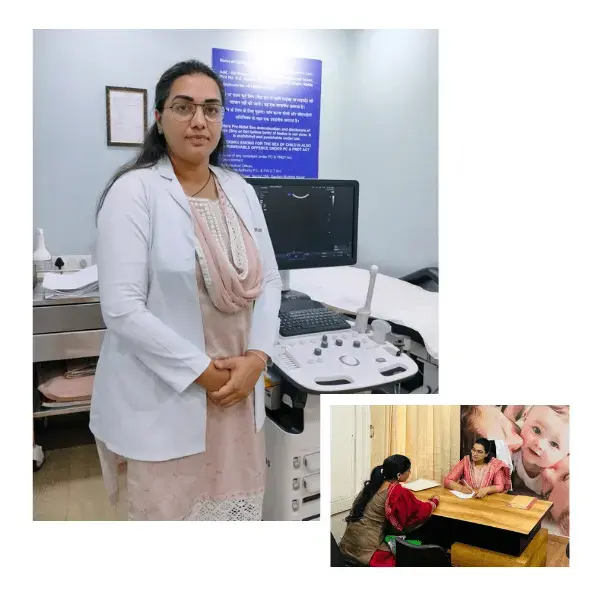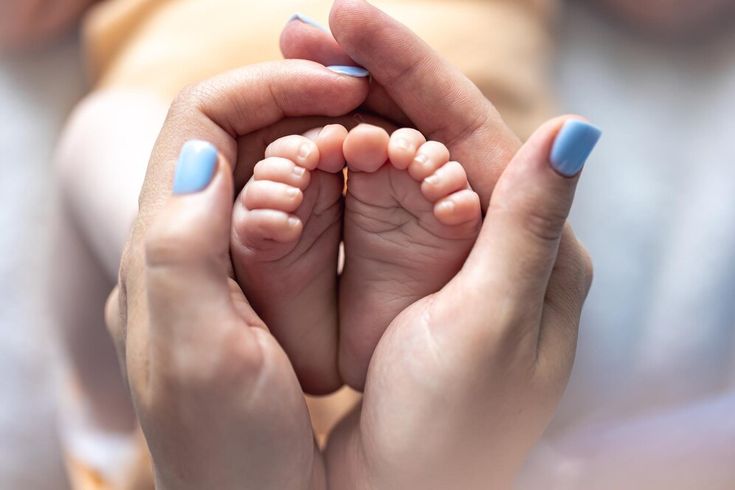What is Blastocyst & Embryo Transfer?
Blastocyst and embryo transfer are critical steps in the in vitro fertilization (IVF) process, aimed at achieving successful pregnancy. Blastocyst transfer involves culturing embryos in the laboratory for five to six days after fertilization until they reach the blastocyst stage, characterized by a higher cell count and differentiation into the inner cell mass and trophoblast. This advanced stage allows for better selection of embryos with higher implantation potential, leading to improved pregnancy rates and a reduced risk of multiple pregnancies. On the other hand, traditional embryo transfer typically occurs on day two or three post-fertilization. Both methods involve careful ovarian stimulation, egg retrieval, fertilization, and subsequent embryo culture. The choice between blastocyst and earlier-stage embryo transfer is based on individual patient circumstances, including the number and quality of embryos, patient age, and prior IVF outcomes. These techniques are integral to maximizing the chances of a successful pregnancy, offering hope and solutions to those facing infertility challenges.
Blastocyst Transfer:
- Definition: Blastocyst transfer is a procedure in assisted reproductive technology where embryos are cultured in the laboratory for five to six days after fertilization, until they reach the blastocyst stage, before being transferred to the uterus.
- Blastocyst Stage: At this stage, the embryo consists of around 100-200 cells and has differentiated into an inner cell mass (which will become the fetus) and an outer layer of cells called the trophoblast (which will form the placenta).
- Advantages: Transferring embryos at the blastocyst stage allows for better selection of embryos with higher implantation potential, leading to improved pregnancy rates and reduced risk of multiple pregnancies.
Embryo Transfer:
- Definition: Embryo transfer is a step in the in vitro fertilization (IVF) process where one or more embryos are placed into the uterus of the female with the aim of establishing a pregnancy.
- Process:
- Ovarian Stimulation: Hormonal treatments are used to stimulate the ovaries to produce multiple eggs.
- Egg Retrieval: Eggs are collected from the ovaries using a minor surgical procedure.
- Fertilization: Collected eggs are fertilized with sperm in the laboratory to create embryos.
- Embryo Culture: Embryos are cultured for several days (typically 3-5 days) to reach an optimal stage for transfer.
- Transfer: One or more embryos are selected and transferred into the uterus using a thin catheter.

Difference between Blastocyst & Embryo Transfer
Timing of Transfer:
- Blastocyst Transfer: Takes place on day 5 or 6 after fertilization, when the embryo has reached the blastocyst stage, comprising about 100-200 cells.
- Embryo Transfer: Generally occurs on day 2 or 3 after fertilization, when the embryo is at the cleavage stage, consisting of 4-8 cells.
Developmental Stage:
- Blastocyst Transfer: At this stage, the embryo has differentiated into an inner cell mass (which will develop into the fetus) and an outer layer called the trophoblast (which will form the placenta).
- Embryo Transfer: The embryo is at an earlier stage of development, with cells that have not yet differentiated.
Selection Criteria:
- Blastocyst Transfer: Allows for better selection of embryos with higher implantation potential due to further development and more visible quality markers. This can lead to higher implantation and pregnancy rates.
- Embryo Transfer: Involves transferring embryos at an earlier stage, which may include a larger number of embryos, but with less certainty regarding their implantation potential.
Implantation Rates:
- Blastocyst Transfer: Generally associated with higher implantation and pregnancy rates because the embryos are more developed and have a higher chance of successful implantation in the uterine lining.
- Embryo Transfer: Implantation rates may be lower compared to blastocyst transfer as the embryos are less developed and more susceptible to natural selection.
Risk of Multiple Pregnancies:
- Blastocyst Transfer: Reduces the risk of multiple pregnancies by allowing for the transfer of fewer, more viable embryos.
- Embryo Transfer: There may be a higher risk of multiple pregnancies due to the potential transfer of multiple embryos at an earlier stage.
Patient Suitability:
- Blastocyst Transfer: Often recommended for patients with a good number of high-quality embryos, as not all embryos will reach the blastocyst stage.
- Embryo Transfer: May be preferred for patients with fewer embryos or those who may not have embryos that will survive to the blastocyst stage.
Laboratory Requirements:
- Blastocyst Transfer: Requires advanced laboratory techniques and conditions to culture embryos for an extended period.
- Embryo Transfer: Requires less time in culture, which can be advantageous in settings with limited laboratory resources.
BEST IVF DOCTOR IN NOIDA
Advanced Technology and Expertise
Benefit from advanced reproductive technology and a team of highly experienced specialists dedicated to your success.
Comprehensive Care and Support
Receive tailored treatment plans and holistic support, including emotional counseling and nutritional guidance, throughout your journey.
High Success Rates & Satisfaction
Join our many satisfied patients who have successfully achieved their parenthood dreams thanks to our high success rates and compassionate care.



